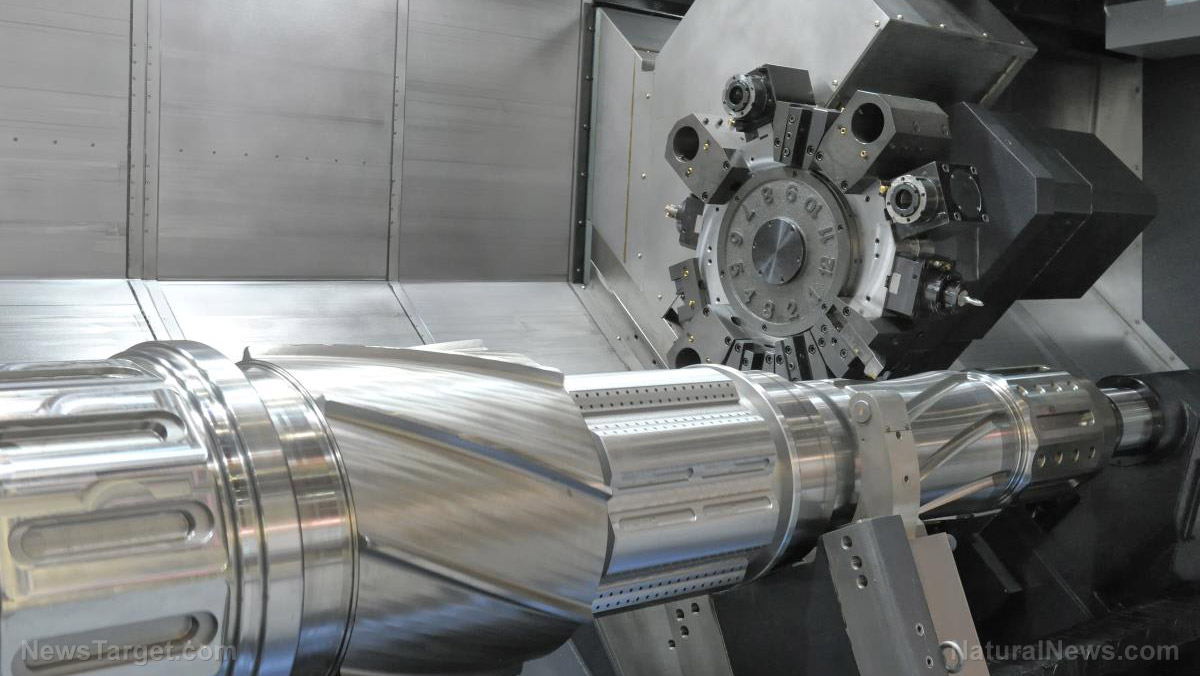“Heat wave” pulses through graphite as scientists achieve a surprising mechanism of heat transfer
09/11/2019 / By Edsel Cook

Researchers successfully forced heat to move in a different way than usual. They got it to travel like a wave through a graphite medium at the same speed as sound waves.
Unlike light or sound, heat does not propagate through waves. It spreads via diffusion and bounces off excited molecules in all directions.
If heat moved as a wave, it would travel in a single direction away from its origin. Instead of spreading everywhere, most of the heat would radiate toward that vector.
Researchers at the Massachusetts Institute of Technology (MIT) needed temperatures of -240 F (-151 C) to propagate heat in waves through graphite. Called “second sound,” heat-transfer activity did not appear at warmer temperatures. The researchers hoped to one day induce it at room temperature.
One potential application for the new heat-transfer behavior is rapidly cooling off electronic systems. Microelectronics generate a lot of heat. A graphite-based heat-transfer system will vent all of the heat away from a computer chip instantly. (Related: Researchers develop a new type of nano computer chip that uses transistors made from AIR.)
Heat doesn’t travel like a wave except in special circumstances
A hot solid object gives off heat energy. That heat hops on gas molecules floating in the air. Whenever a heated particle bumps into a cooler one, it transfers the energy to the latter.
Air molecules move in random directions. Some of them go back to the hot object. Eventually, the object and its environs reach equilibrium.
In contrast to gas, the atoms of solids remain still. Their molecules do not move like their gas counterparts.
Instead, heat moves aboard phonons. The tiny packets of sound vibrations act much like gas molecules. As such, sound transfers heat through solid objects.
MIT researcher Gang Chen theorized that heat might transfer like a wave if it goes through graphite or graphene. He, his colleague Keith Nelson, and other researchers tested this by crossing two laser beams on a graphite surface.
Crossing the lasers produced an interference pattern. While parallel lines of light were present, there was also no light itself. Interference patterns made the same pattern of hot and non-hot areas on the surface of the graphite.
The researchers directed a third laser beam at the arrangement. They observed what happened to the graphite.
Cold temperatures, graphite, laser interference patterns produce “second sound”
“Normally, the heat would gradually diffuse from the heated regions to the unheated regions, until the temperature pattern was washed away,” Nelson explained in an interview. “Instead, the heat flowed from heated to unheated regions, and kept flowing even after the temperature was equalized everywhere, so the unheated regions were actually warmer than the originally heated regions.”
Furthermore, the heated regions cooled down even more than the unheated areas. The shifts took place at the speed that sound achieved when traveling through graphite.
Nelson said that the higher speed of heat came from its behavior as a wave. Instead of scattering, it moved in one direction, producing a “second sound.”
“From a fundamental perspective, this is just not ordinary behavior,” he said. “Second sound has only been measured in a handful of materials ever, at any temperature.”
Nelson and Chen believed that the individual layers of carbon that made up 3D graphite behaved like 2D graphene sheets. The low dimensionality reduced the chances that heat-hauling phonons in a layer would ricochet and scatter off the other layers.
Furthermore, the phonons that formed in graphite have large wavelengths that keep them from bouncing backward after colliding with an atom. By reducing this backscatter phenomenon, the sound packets stay on course and cover large distances much faster.
Sources include:
Tagged Under: breakthrough, discoveries, Graphene, graphite, heat, heat transfer, heat waves, phonons, scientific, second sound, sound waves, waves
RECENT NEWS & ARTICLES
Nanotechnology.News is a fact-based public education website published by Nanotechnology News Features, LLC.
All content copyright © 2018 by Nanotechnology News Features, LLC.
Contact Us with Tips or Corrections
All trademarks, registered trademarks and servicemarks mentioned on this site are the property of their respective owners.



















